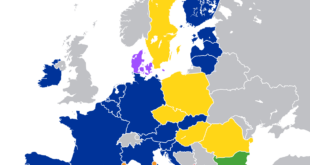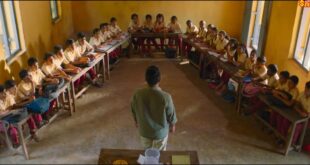- Recently, the National Commission for the Protection of the Rights of the Child (NCPCR) conducted a Nationwide Assessment of Minority Schools. The report was titled “Impact of Exemption under Article 15 (5) with regards to Article 21A of the Constitution of India on Education of Minority Communities”.
- The aim was to assess how the 93rd Amendment to Indian Constitution, which exempts minority institutions from otherwise mandatory provisions of the Right to Education, affected children belonging to minority communities.
- The report highlights the disproportionate number of minority institutions or dominance of non-minority category in Minority institutions.
National Commission for Protection of Child Rights
- NCPCR is a statutory body set up in March 2007 under the Commissions for Protection of Child Rights (CPCR) Act, 2005.
- It is under the administrative control of the Ministry of Women & Child Development.
- The Commission’s mandate is to ensure that all laws, policies, programmes, and administrative mechanisms are in consonance with the child rights perspective as enshrined in the Constitution of India and also the UN Convention on the Rights of the Child.
- It inquires into complaints relating to a child’s right to free and compulsory education under the Right to Education Act, 2009.
- It monitors the implementation of Protection of Children from Sexual Offences (POCSO) Act, 2012.
Important points:
- Minority Schools Catering to the Non-Minorities: Overall, 62.5% of the students in these schools belonged to non-minority communities.
- Only 8.76% of the students in minority schools belong to socially and economically disadvantaged backgrounds.
- Disproportionate Numbers: In West Bengal, 92.47% of the minority population is of Muslims and 2.47% are Christians. On the contrary, there are 114 Christian minority schools and only two schools with Muslim minority status.
- Similarly, in Uttar Pradesh, though the Christian population is less than 1% there are 197 Christian minority schools in the state.
- This disproportion takes away the core objective of establishing minority educational institutions.
- Non-Uniformity in Madarsas: It found that the largest number of out-of-school children – at 1.1 crore – belonged to the Muslim community.
Three kinds of madrasas in the country:
- These are registered and impart both religious as well as secular education;
- These have been found deficient for registration by state governments as secular education is not imparted.
- These have never applied for registration.
- According to the NCPCR, the Sachar Committee report 2005, which says 4% of Muslim children (15.3 lakh) attend madrasas, has only taken into account the registered madrasas.
- Further, the syllabi of madrasas, that have evolved over centuries, are not uniform, and that “being left ignorant of the world around them”.
- Many students develop an inferiority complex, being alienated from the rest of society and unable to adjust with the environment.
- It also says that madrasas do not have any teachers training programmes.
SOURCE: THE HINDU,THE ECONOMIC TIMES,MINT
 Chinmaya IAS Academy – Current Affairs Chinmaya IAS Academy – Current Affairs
Chinmaya IAS Academy – Current Affairs Chinmaya IAS Academy – Current Affairs



